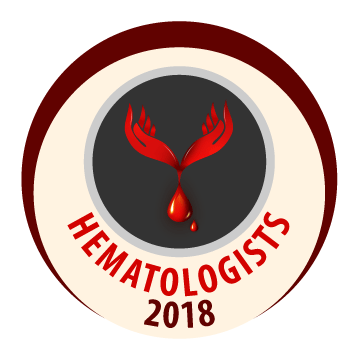
Haytham Dahlawi
Taif University, Saudi Arabia
Title: Impact of anthocyanin chemical structure found in pomegranate juice on leukaemia treatment
Biography
Biography: Haytham Dahlawi
Abstract
Anthocyanins are an abundant group of flavonoids present in pomegranate juice. Anthocyanidins lack the sugar component of the parent anthocyanin. Anthocyanins are the mono and diglycosylated forms of anthocyanidins with substitutions at the 3 and 5 positions. The six most abundant anthocyanins in pomegranate juice are cyanidin-3-O-glucoside, cyanidin-3,5- di-O-glucoside, delphinidin-3-O-glucoside, delphinidin-3,5-di-O-glucoside, pelargonidin-3-O-glucoside and pelargonidin- 3,5-di-O-glucoside. Anthocyanins and anthocyanidins have demonstrated cancer chemopreventive properties in breast, skin, lung and gastrointestinal carcinogenesis. In this study we investigated the effect of anthocyanin chemical structure found in pomegranate juice on leukaemia cells. The anti-cancerous effect of eight different anthocyanins was investigated on four leukaemia cell lines (CCRF-CEM, MOLT-3, HL-60 and THP-1). Cells were treated with 0 μM to 100 μM anthocyanins for 24 hours. Cell proliferation was assessed using CellTiter-Glo® luminescent cell viability assay. The pro-apoptotic actions of anthocyanins were assessed by two assays: Annexin V/Propidium iodide staining and staining for caspase3-activity using flow cytometry. Delphinidin was found to have the greatest inhibitory effect on cell proliferation which was found to be significantly greater than that shown by cyanidin and pelargonidin. Delphinidin also significantly induced apoptosis in all four cell lines. Cyanidin induced apoptosis only in CCRF-CEM and pelargonidin failed to induce apoptosis in any cell lines. Anthocyanins containing sugar molecules showed decreased toxicity which correlated with the size of sugar molecule. These results provide evidence that anthocyanins show anti-cancer effects which are dependent on chemical structure and association with sugar molecules.

